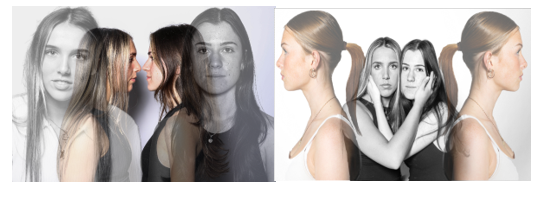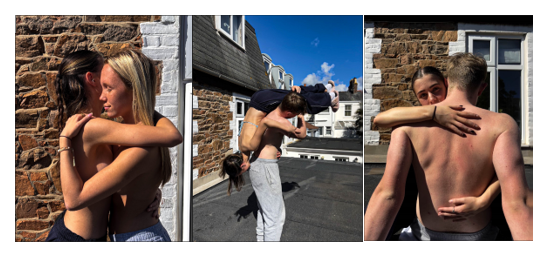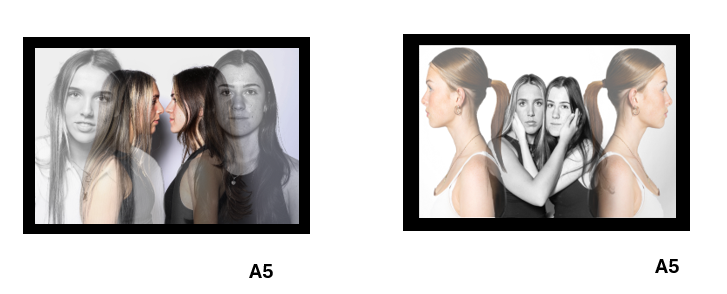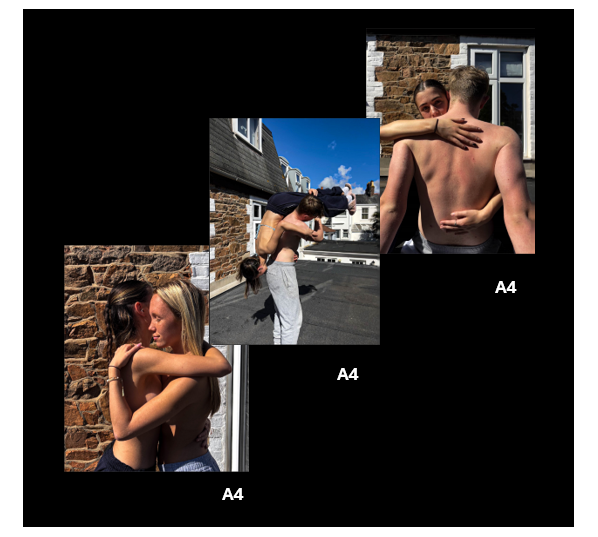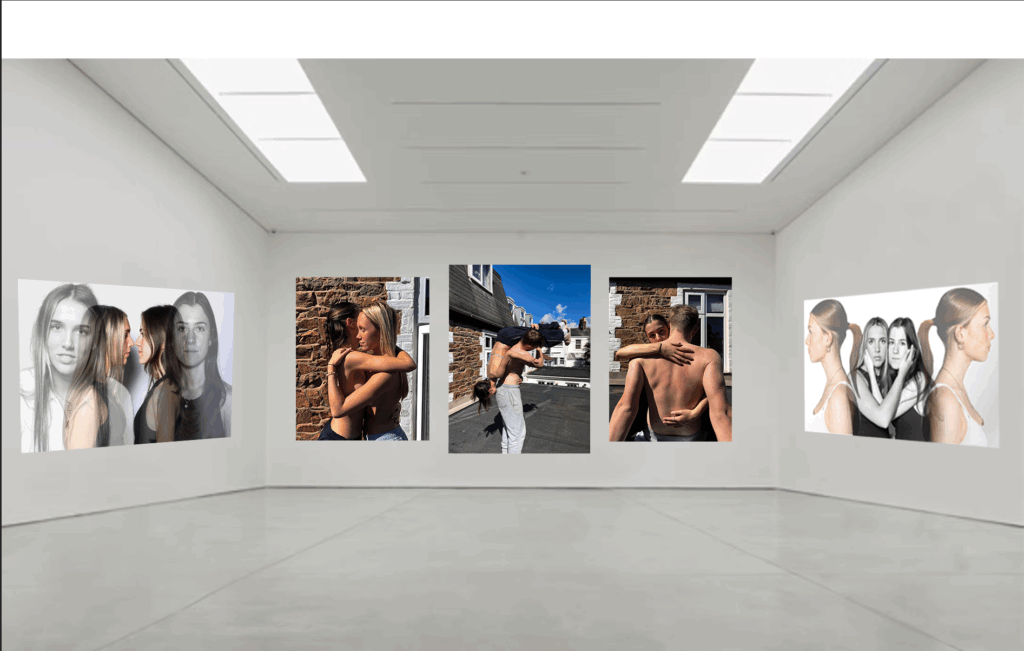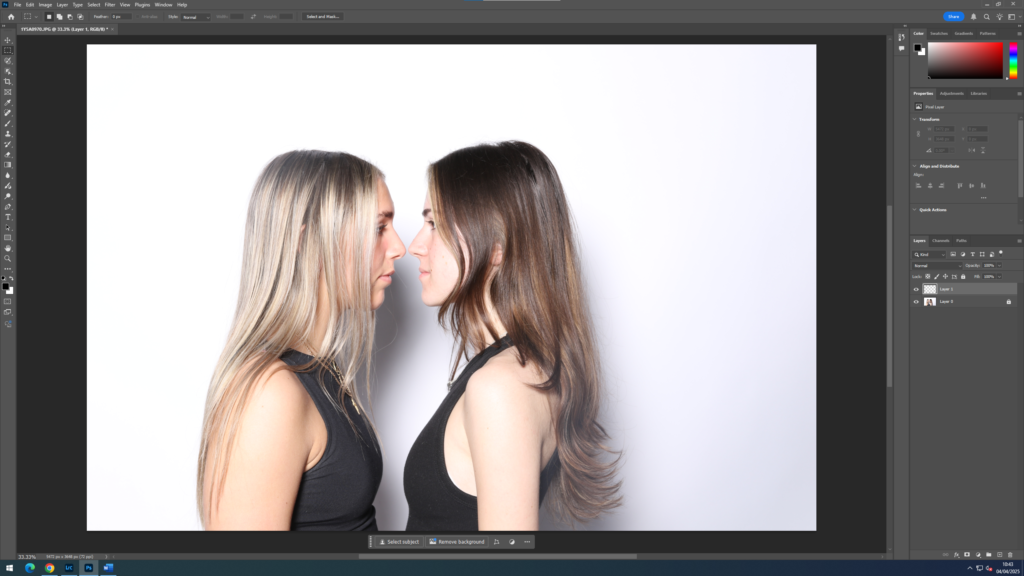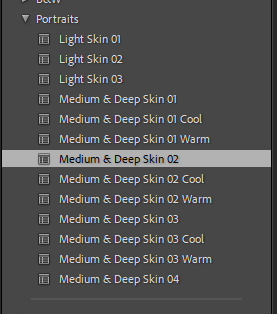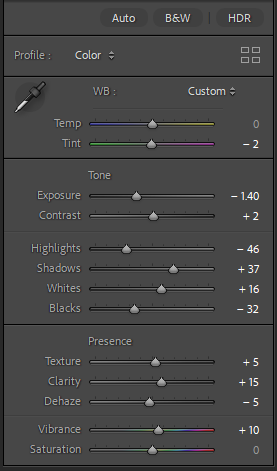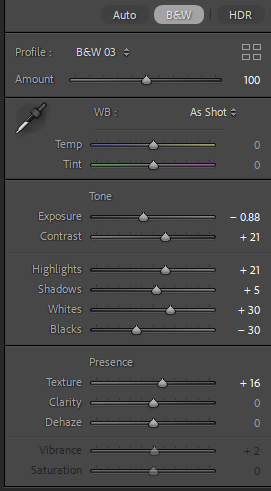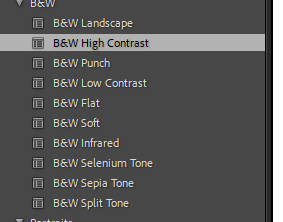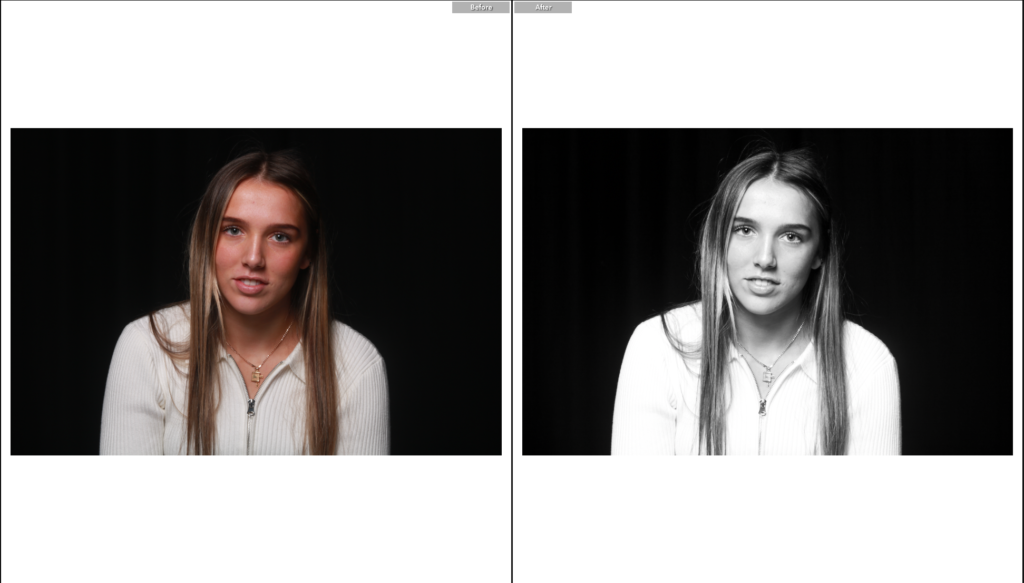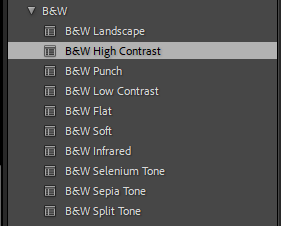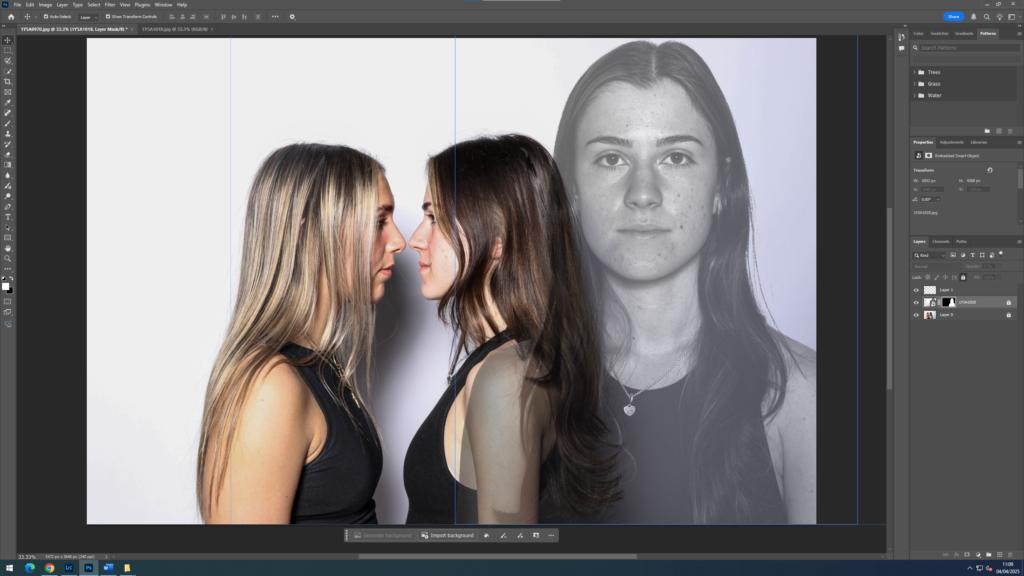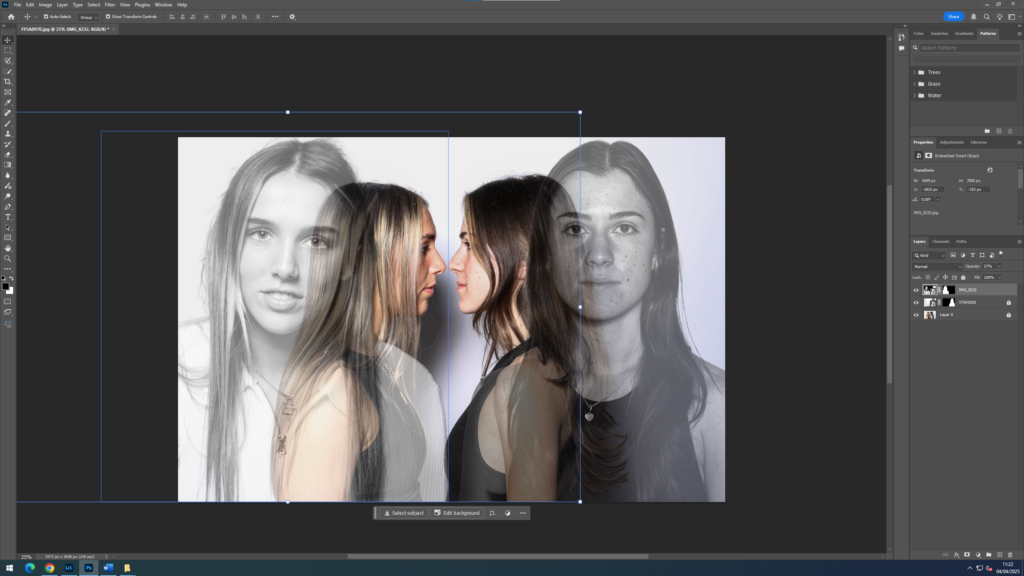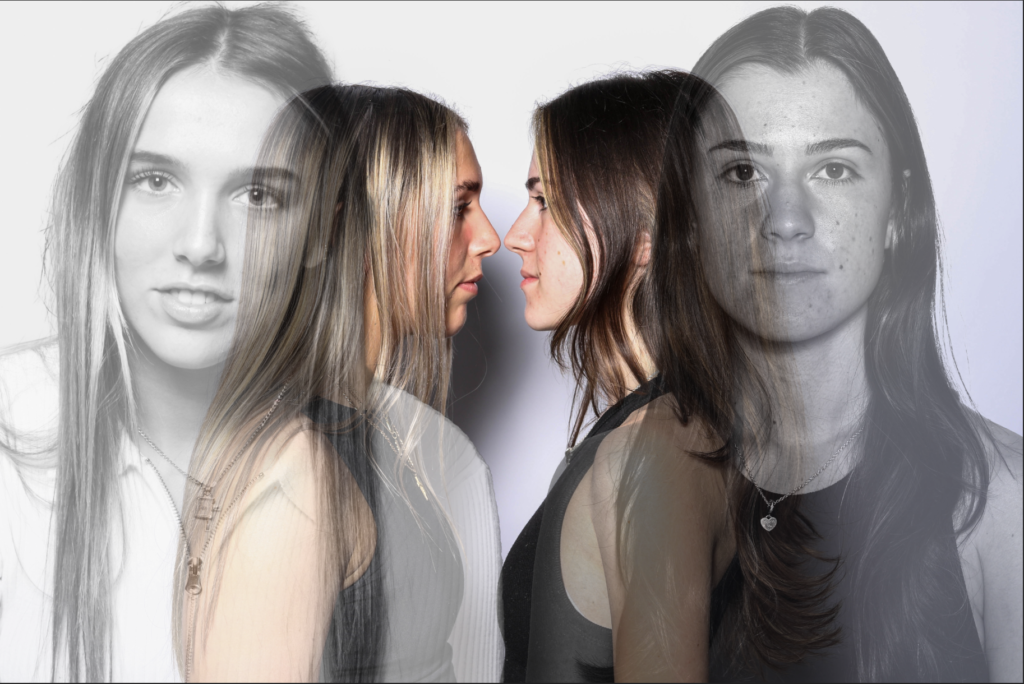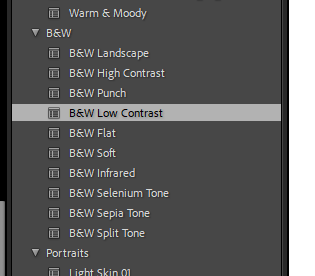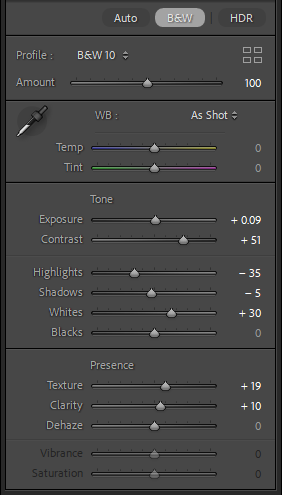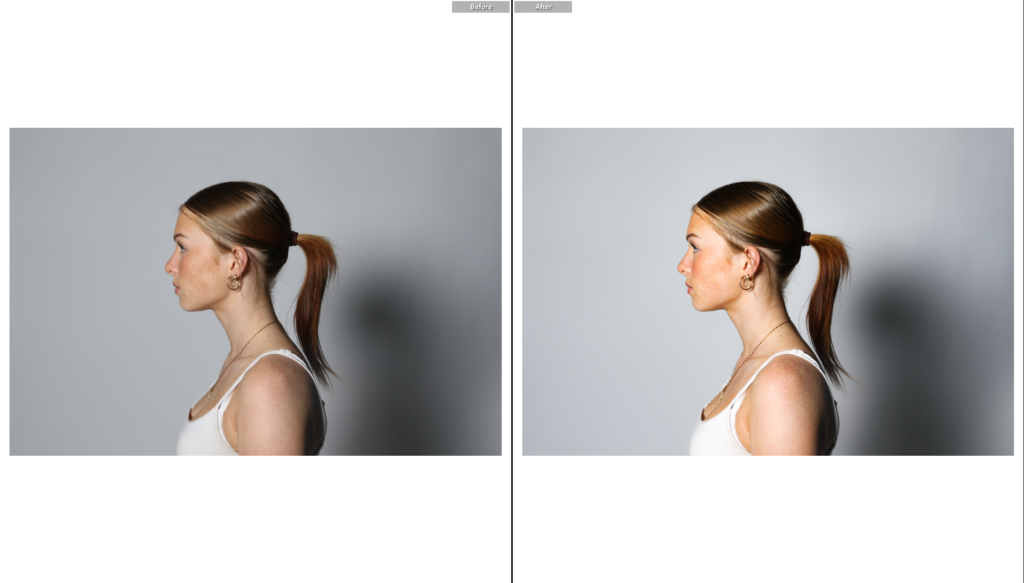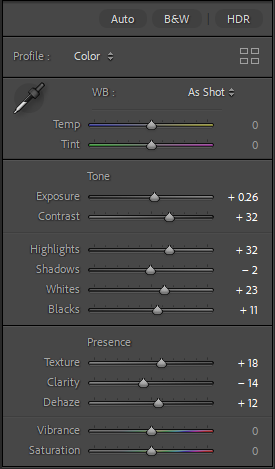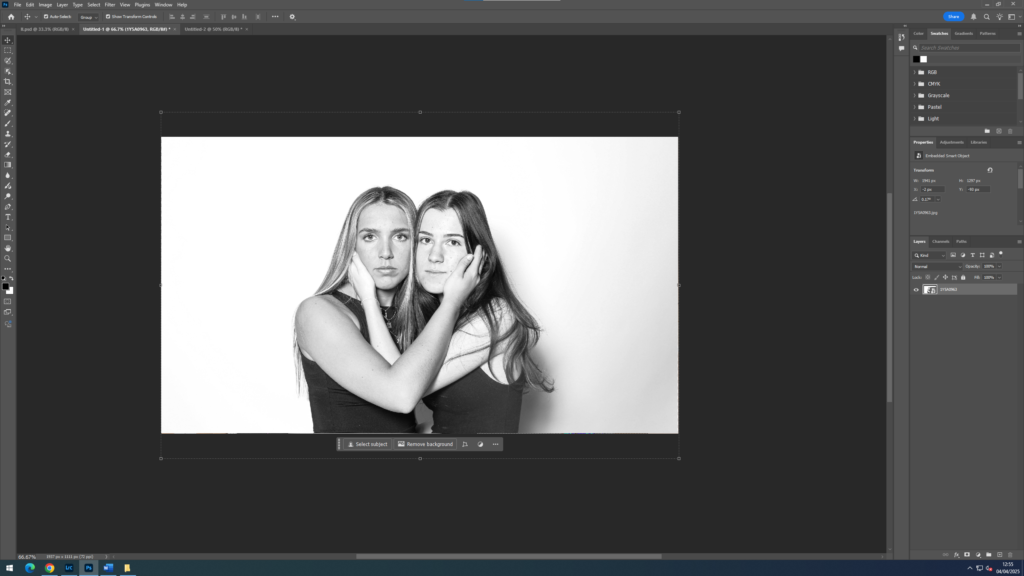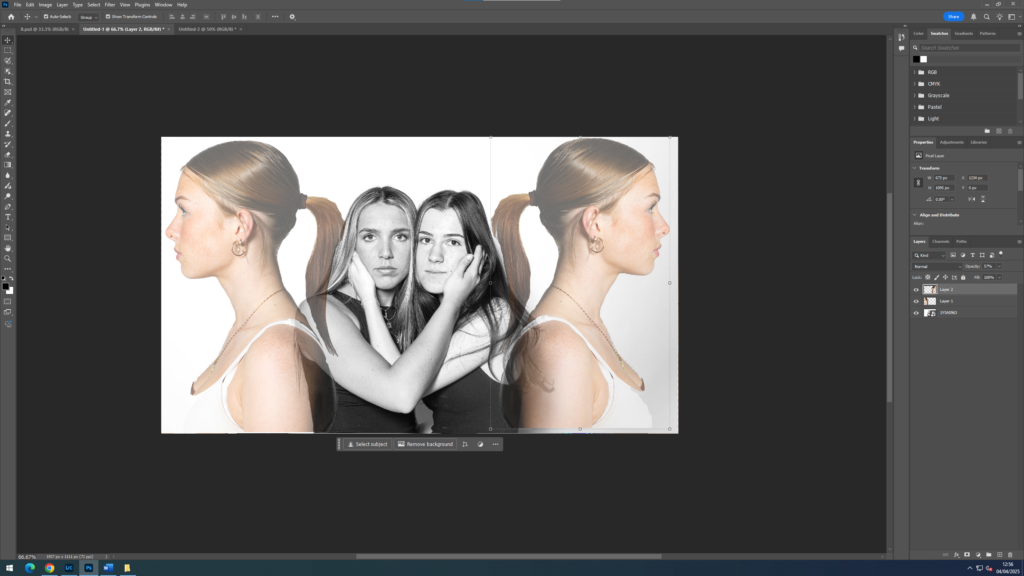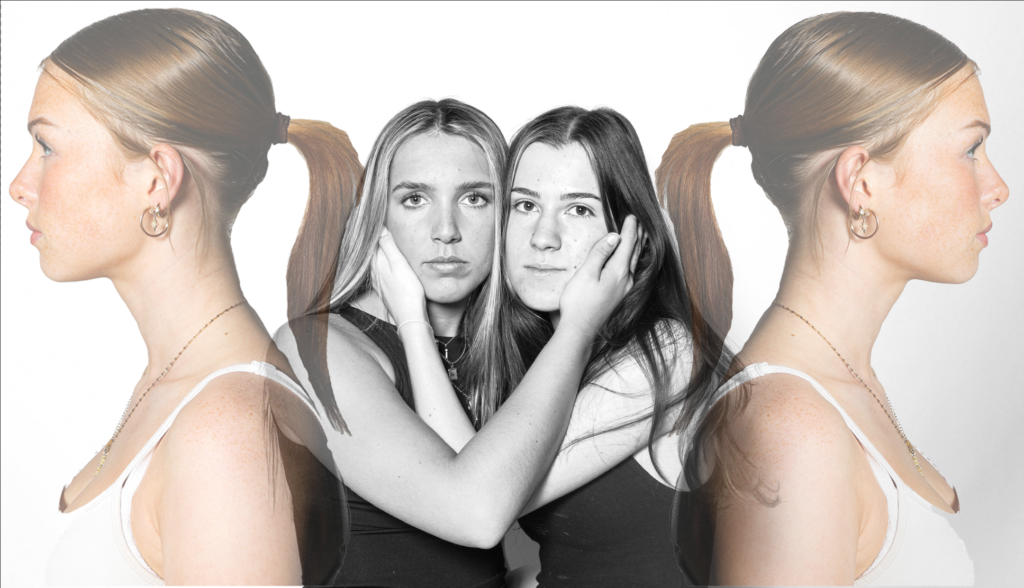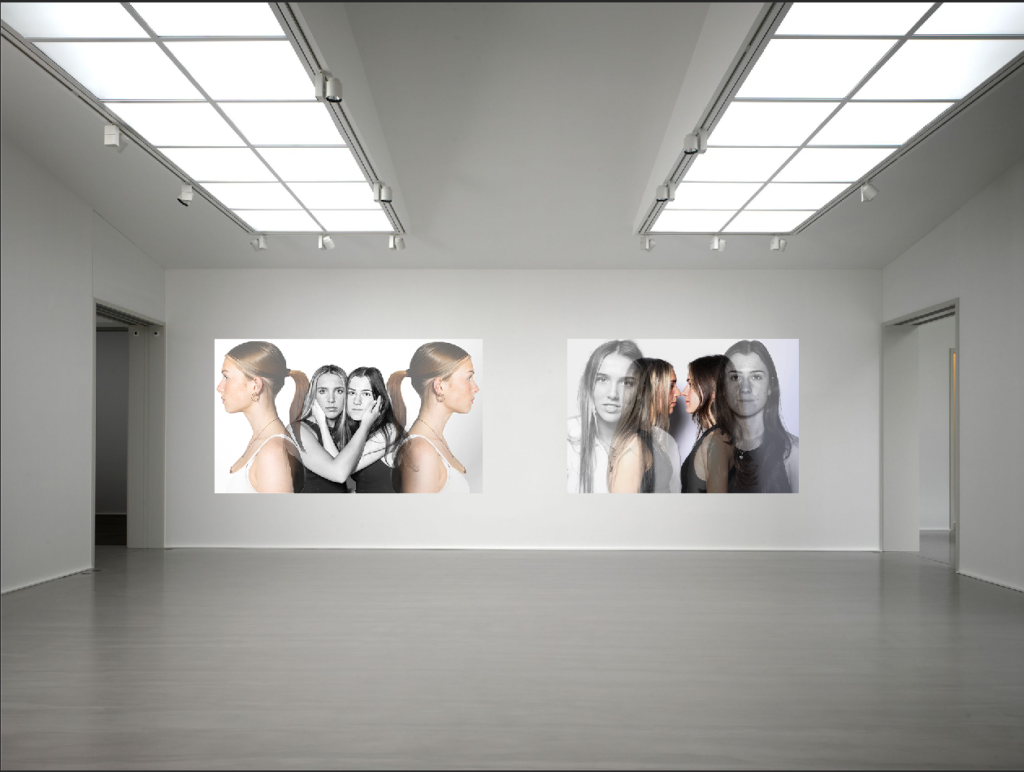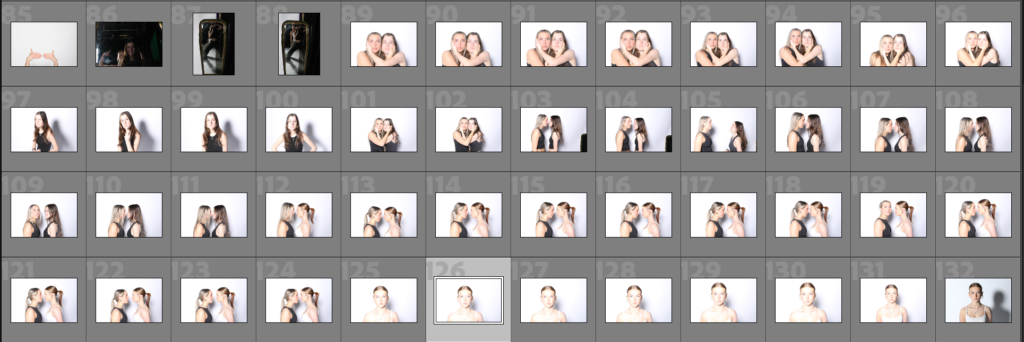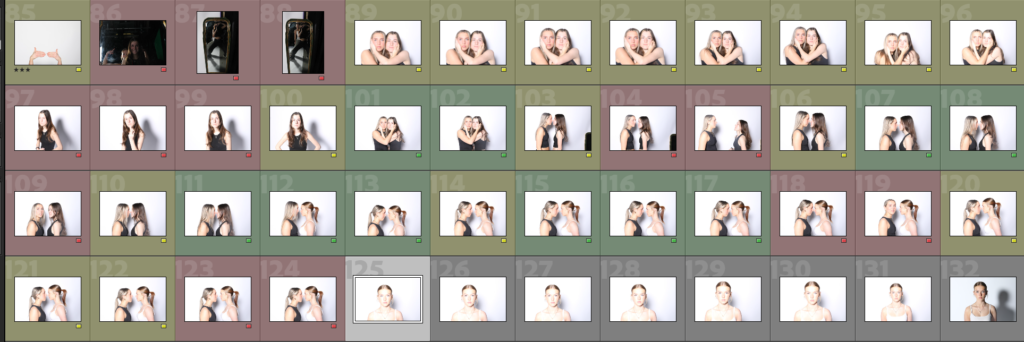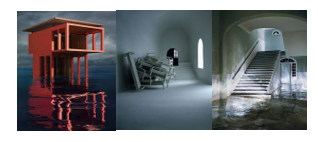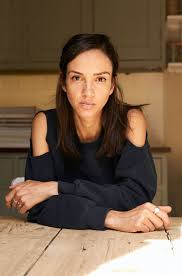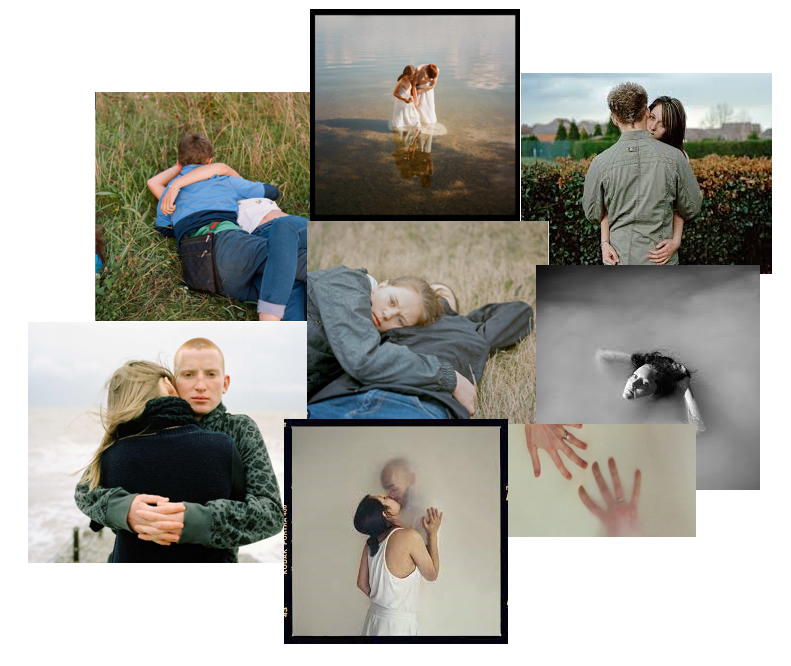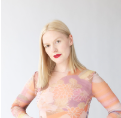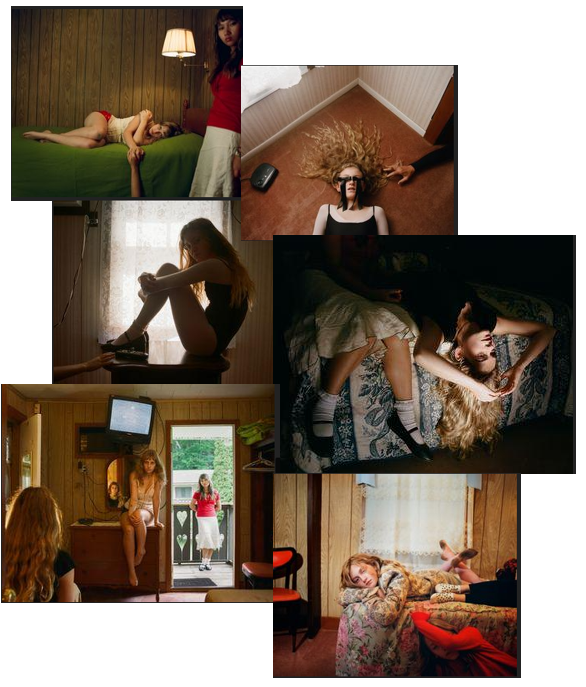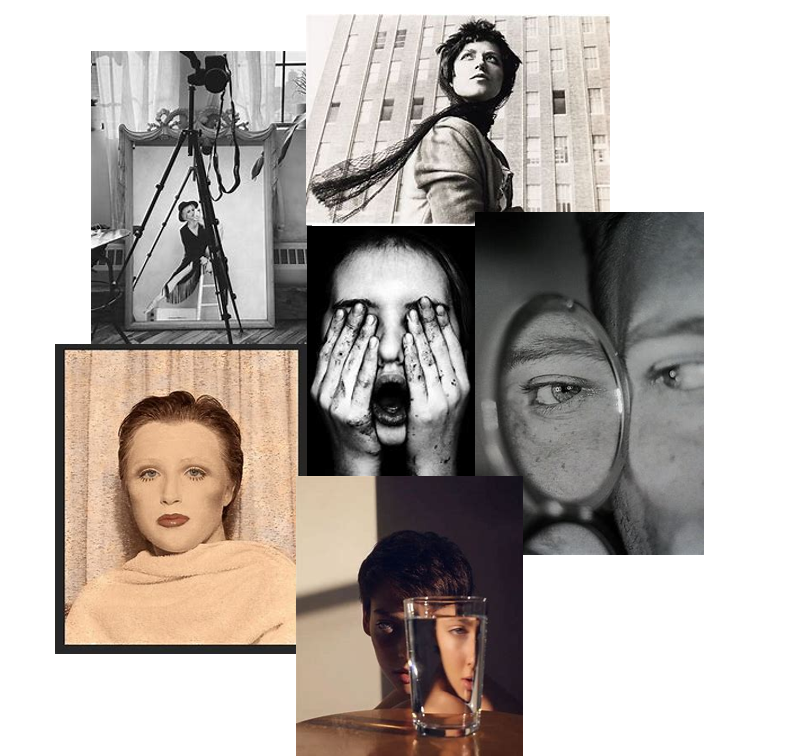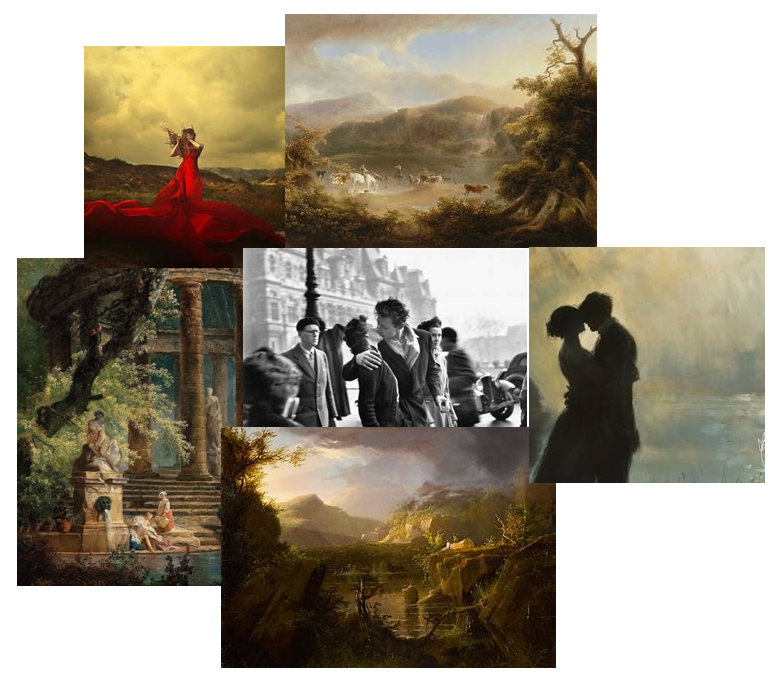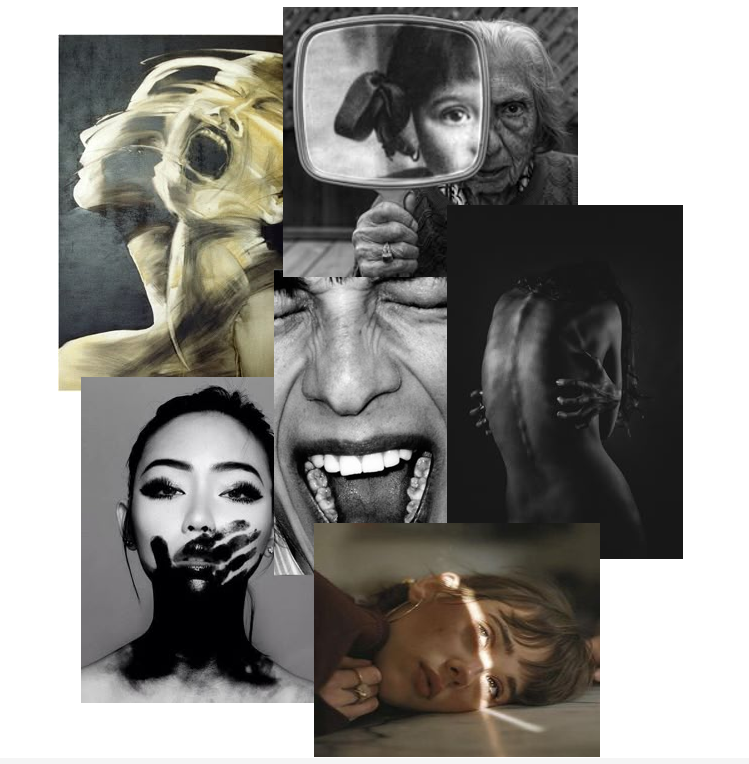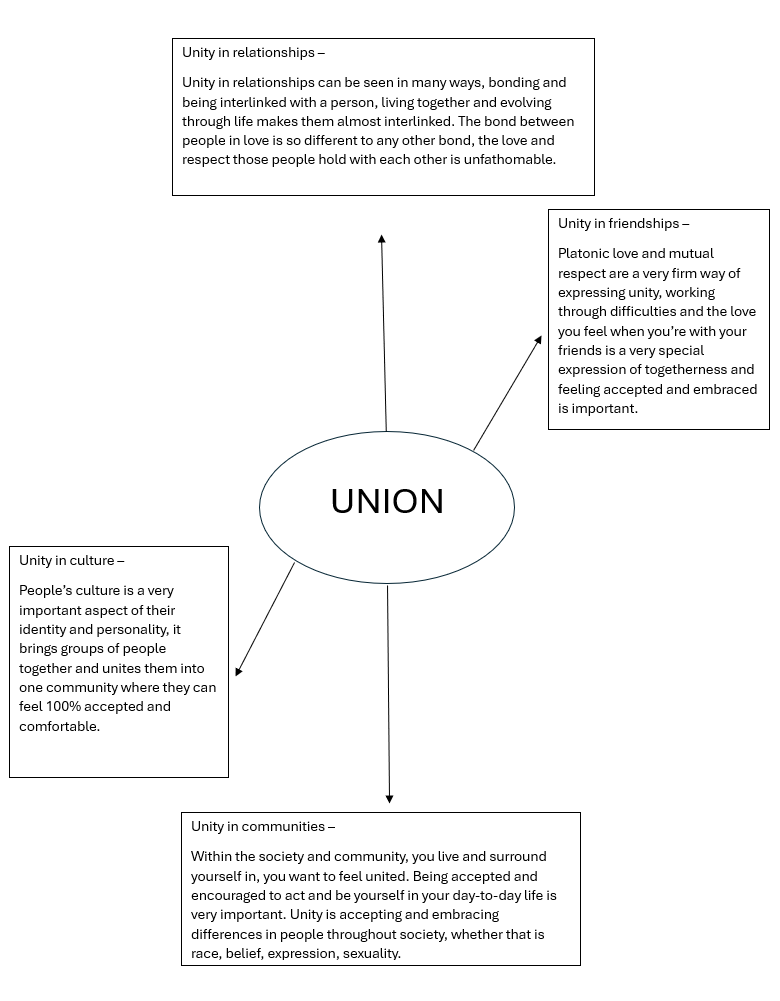Laura Pannack –
Laura’s art focuses on documentation, socially, with inclusion of portraiture that looks to explore the relationship that is shown between situation and photographer. Pannack largely pinpoints shooting on analogue film which allows the process to become more organic rather then being predefined but still ideas. Laura tries to understand what she is photographing, for example while photographing an individual, she seeks to understand them, and their life, and present that creatively. Laura has a belief that trust and understanding is a very large key to portraying people truthfully, and you can see the development of this through her work over the years. This approach also allows Laura to have a genuine connection with her models, which helps enrich the intimacy between photographer and subject.
Laura’s work aims to tell and inspire peoples stories, causing connection and emotional engagement with not just her work but her subjects as well. Laura is a London based, award winning photographer. Known for her recognizable portraiture and social documentary work. Her work heavily focuses on the youth, forming connections and complex relationships. She was educated at the University of Brighton, Central Saint Martins Collage of Art and LPC. Pannack’s work has been incredibly exhibited throughout the UK and overseas, including at The National Portrait Gallery, Somerset House, The Royal Festival Hall and even the Houses of Parliament.
Laura perceives ‘time, trust and understanding’ to be key elements to achieve full understanding of her subjects and portrayment of them truthfully. This allows her to achieve a genuine connection with her ‘sitter’, which benefits through the photos as you can see the emotion, connection and common ground they share in her work. Pannack shoots with analogue film, she finds beauty in the mistakes that come from working with such unpredictable material.
Laura’s work has received much ground and won countless awards, among which are the John Kobal award, Vic Odden prize, World Photo Press Award and the HSBC Prix de la Photographie prize. As well as her own work, Laura lectures, critiques and teaches at universities, workshops and festivals around the world, and in 2015, judged the portrait category in World Photo Press Awards in Amsterdam. Pannack has also been a widely published, not just for her photography, but commercially too< with work appearing in the British Journal of photography, Hotshoe International, TIME, The Guardian weekend, The Telegraph, Sunday Times and Creative Review.
Pannack has also been widely published, both commercially and as a photographic artist, with work appearing in The British Journal of Photography, Hotshoe International, TIME, The Guardian Weekend, The Telegraph, The Sunday Times, Creative Review. Her monograph ‘Against the dying of the light’ was published by Acts de Suds in 2016 and YOUTH Vol 1 was released in 2018 by Polite company.
Her work –
In Laura’s work, The captivating use of natural light gives a sense of connection, the warmth and reality it brings to her photographs is enticing. Using the outdoors and focusing on including something that can ground you like nature can be a very powerful tool for portrait photographs. It almost brings a sense of uncleanliness or dirtiness to the photos, and since Pannack’s aim was to be truthful and show unfiltered or covered reality of individuals lives, I believe they compliment each other very well.
Her use of eye-contact in her photos is very powerful. It forces connection between her and the subject, and after that, the subject and their viewers. With her aim bring to create connection this does not just create it, but forces it, like you cant look away. You can feel the emotion the thought that went into the work when you look in someone’s eyes and I think the inclusion of this in the work is very intelligent.
The impactful inclusion of touch through her work is very important for the aspect and story she is trying to portray. Being touched is a very vulnerable thing for a lot of people, and as her work and photoshoots include a lot of touching, it backs her aim as to allowing people to get vulnerable and make a meaningful connection with other people. Being showed that you are able to have that touching connection with another person can allow a viewer to be open to having a emotional connection with not just Laura but the subjects in the photos.
Her influence –
Laura’s work is very impactful, her influence is heavy on not just the world but my work in particular, I want to include so many aspects and ideas that have come from Pannack’s work, her inclusion of touch and eye-contact being the main ones.
With the topic of Union, eye-contact can be the most emotionally tuned, way to show how someone is feeling, you can read a thousand things from someone’s eyes, emotions like empathy, sadness and joy are easily seen through how someone looks at you, and including this into my project could be very impactful with creating emotional connections through my sitters and viewers.
Touch is a very difficult thing to photograph through A level photography, due to guidelines we have to follow. However, touch is such a powerful tool to show Unity through people. The intimacy and connection you view through touch is so powerful. With touch being one of the main focal points of my topic, its importance is huge. incorporating it into my work will have to be done with caution, but through my Femininity and Masculinity topic, I was able to find loopholes very easily.
